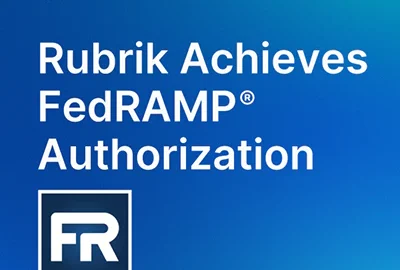Cloud Exchange: USPTO expands bandwidth through NOAA ‘N-Wave’ network
This discussion with Jamie Holcombe, the chief information officer at the U.S. Patent and Trademark Office, is part of Federal News Network’s Cloud Exchange.
The U.S. Patent and Trademark Office stood better prepared than most agencies in the early stages of the COVID-19 pandemic.
Chief Information Officer Jamie Holcombe said USTPO, well before the pandemic, had up to 9,000 of its patent examiners logging into their virtual private network and working from home on a daily basis.
“We were able to scale very easily, because we had been doing it since 2012. Eight to nine thousand people every day would sign in on their VPN from home and conduct business … What we had to do most when COVID struck was scale that bandwidth, scale those servers. There were a lot of lessons learned during that scaling, it was great. We do a lot of things now in resiliency, and you don’t know what will happen until you actually test things. Now, sometimes it’s impractical to test things, it will cost too much, and you just can’t get that type of scale. However, you use COVID, at these times of crisis to make sure you get these lessons learned,” Holcombe said on Federal News Network’s Cloud Exchange.
That testing proved helpful when, for example, when USPTO tried to add another node to its security server.
“Our master server was looking at this new server coming online, and it was so voluminous with all the demands, that the master server actually thought that it was being attacked and wouldn’t let the new server in. We had to actually scale down that night, and then bring that next server up and into the fold. So it was a great feature for security, but it prevented us from having performance metrics that one day. One of the lessons learns is to make sure you exercise your continuity of operations. Don’t just assume that your tabletop works, because many times when you go out to actually to do it, it doesn’t work as planned,” Holcombe said
Before the pandemic, USPTO also took steps to greatly expand its bandwidth. Holcombe said the agency increased its bandwidth tenfold in January 2020, just months before the COVID-19 pandemic forced mandatory telework for much of the federal workforce.
Holcombe chalks some of these well-timed IT upgrades up to luck, but added that one of the agency’s lessons learned from the pandemic is the importance of having contracts lined up before an emergency hits.
“If you try to do it during a crisis, when everyone else is trying to do it, what’s going to happen is you’re going to get in line, and you might not get that capacity. So it was really key that we had that capacity lined up,” Holcombe said.
USPTO, as part of its push to improve enterprise-wide resiliency, recently stood up a new data center facility in Manassas, Virginia that can serve as a backup to the one in the agency’s headquarters in Alexandria, Virginia.
To improve capacity, Holcombe said USPTO is partnering with the National Oceanic and Atmospheric Administration to use its N-Wave network, which increases USPTO’s network speeds from 10 gigabits per second to 40 gigabits per second.
“Our capacity increased overnight, it’s been great. NOAA has been a great partner in the bandwidth realm,” Holcombe said.
USPTO’s cloud infrastructure, aside from ensuring continuity of operations, also provides visibility into the agency’s regional offices in San Jose, Dallas, Denver, and Detroit.
Holcombe said those regional offices provide outreach to the patent and trademark communities, and work with universities in each region to ensure that entrepreneurs can get the help they need.
The agency is also using robotic process automation to route a growing volume of patent and trademark applications to the right subject-matter experts to maximize efficiency.
“Instead of doing the individual classification, we’re letting some of the bots take care of that front-end work, that filtering, to the point where it’s going to the right person, at the right time. Those persons are not having to manually look at things, but rather they know that when they see it, it will be in their realm of subject matter expertise. That’s a good way too — the human is still in the loop, but at the same time, you’re using a bot to ensure that you can do what needed to be done very fast and accurately,” Holcombe said.
USPTO, to avoid vendor lock-in, is adopting a multi-cloud strategy as part of its digital transformation mission.
“There’s a balance between being able to move off a commodity service and getting deeper, getting sticky, with those native cloud protocols, and we’re doing that right now in our cloud infrastructure … Just because the compute is great over here doesn’t mean that in the future, another provider won’t try to make their compute even better,” Holcombe said.
While Holcombe said agency CIOs should have a multi-year vision for their cloud infrastructure, he warned they should also set realistic goals.
“If you have a planning event horizon that’s more than three years, you’re fooling yourself. No one knows what’s going to be happening after three years. So lock it down for the first year, make it adaptable for the second and third years, but plan to get out in that third year, because a threat’s not viable unless you’re willing to carry it out, and unless you show the providers that you actually can move between locations, they’re not going to believe you. So you have to have that leverage and the ability to move,” Holcombe said.
Copyright © 2025 Federal News Network. All rights reserved. This website is not intended for users located within the European Economic Area.
Jory Heckman is a reporter at Federal News Network covering U.S. Postal Service, IRS, big data and technology issues.
Follow @jheckmanWFED






